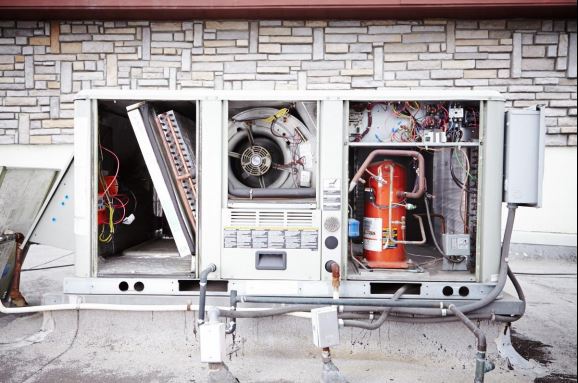Project Info
COMPLETE
 Project Title
Project Title
 Project Title
Project Title
RTU Retrofit Technologies Assessment (RTU Supply Fan Cycling Control)
Project Number ET13SCE1050 Organization SCE End-use HVAC Sector Commercial Project Year(s) 2013 - 2014Description
Retrofit to packaged RTU that cycles supply fan on/off when there's no call for cooling/heating. Technology adjusts outside air damper to maintain average CFM above code minimum. Field test on two RTUs retrofitted with the technology will be undertaken to validate the performance.
Project Report Document
Loading PDF Preview...
